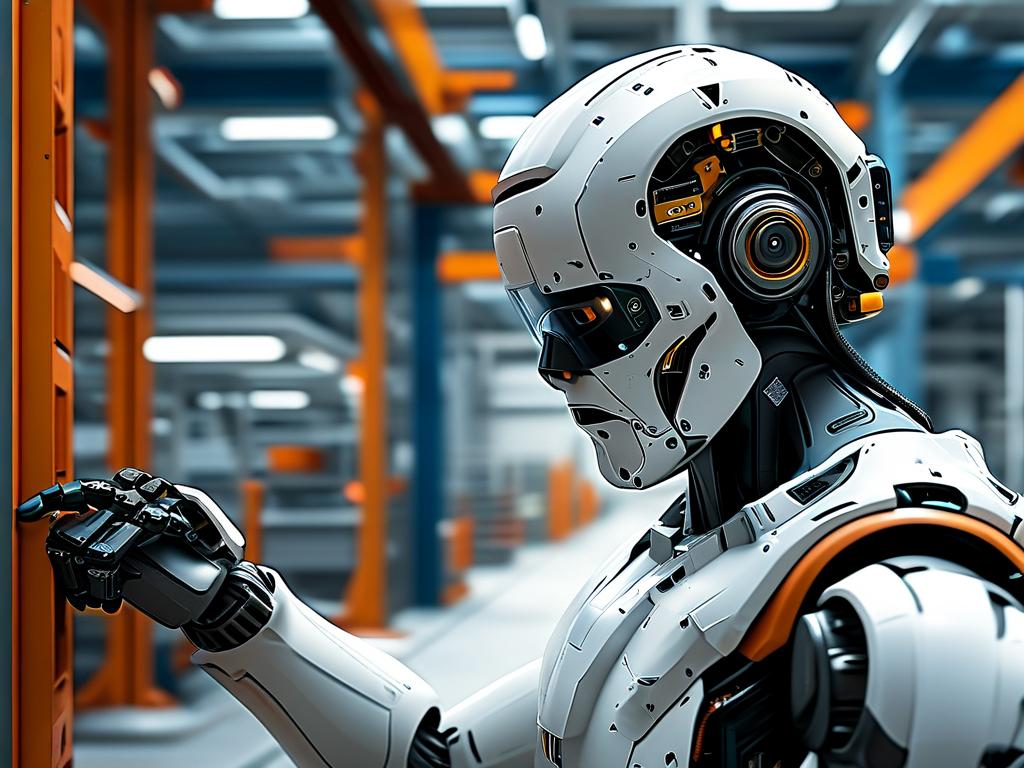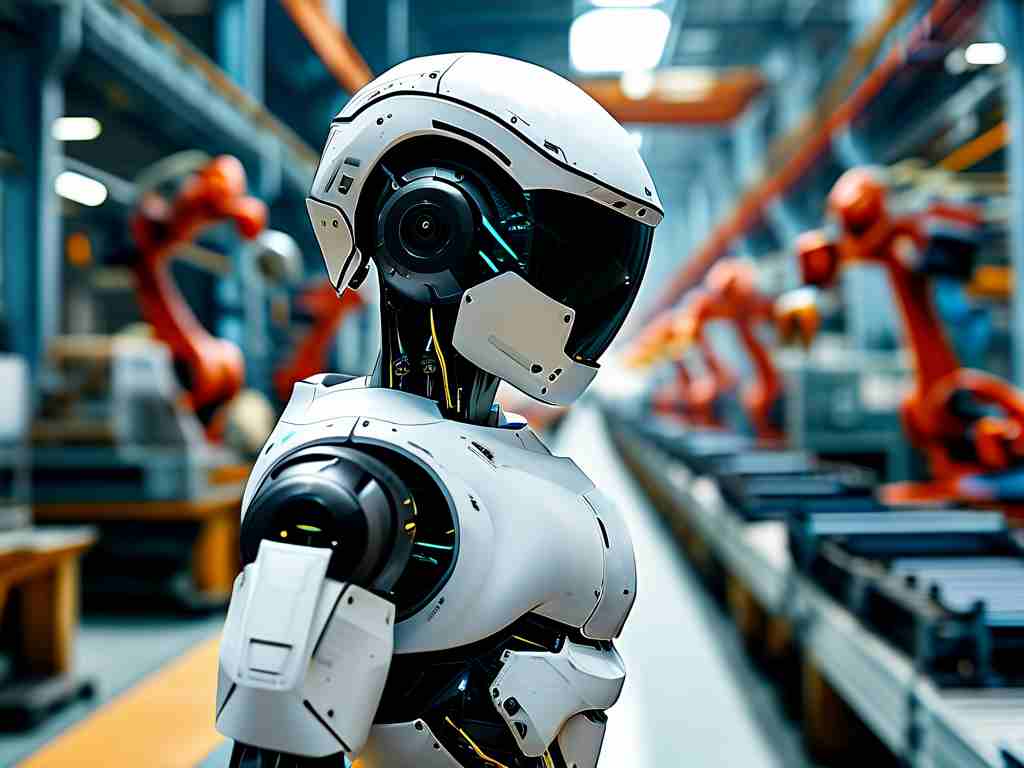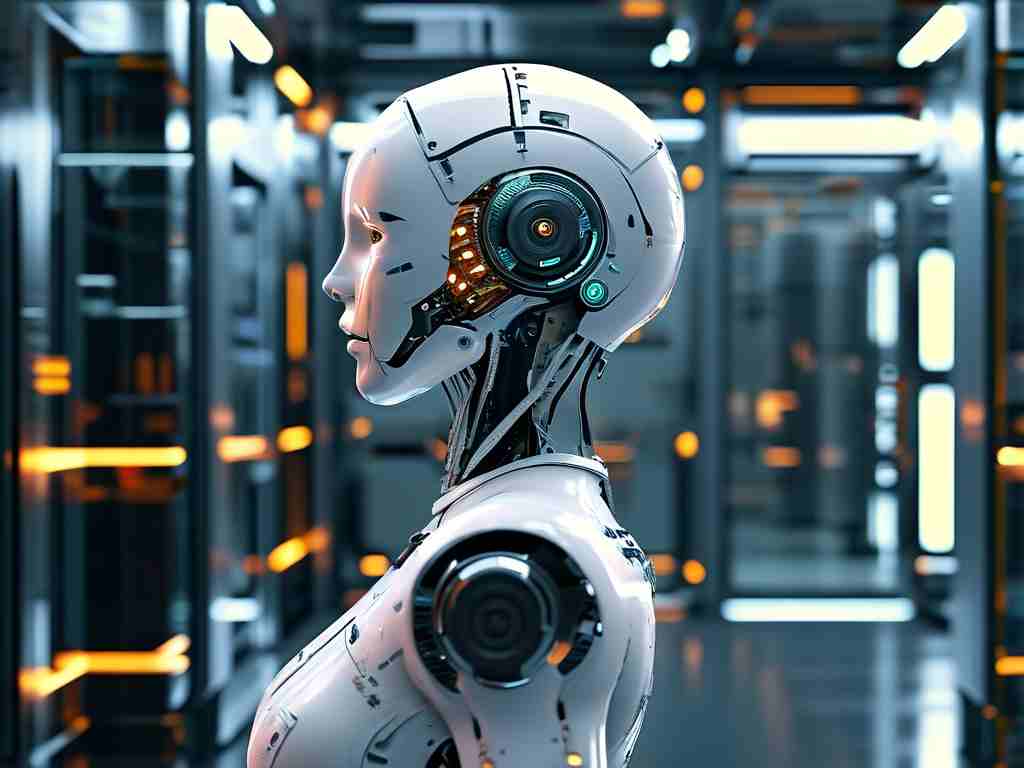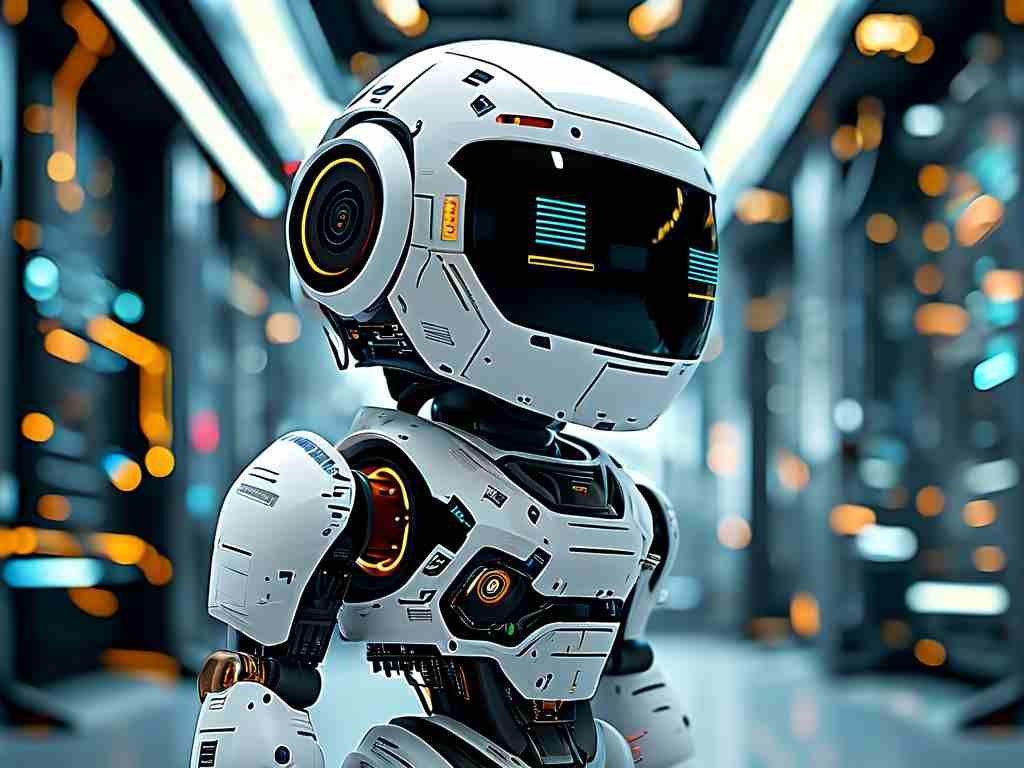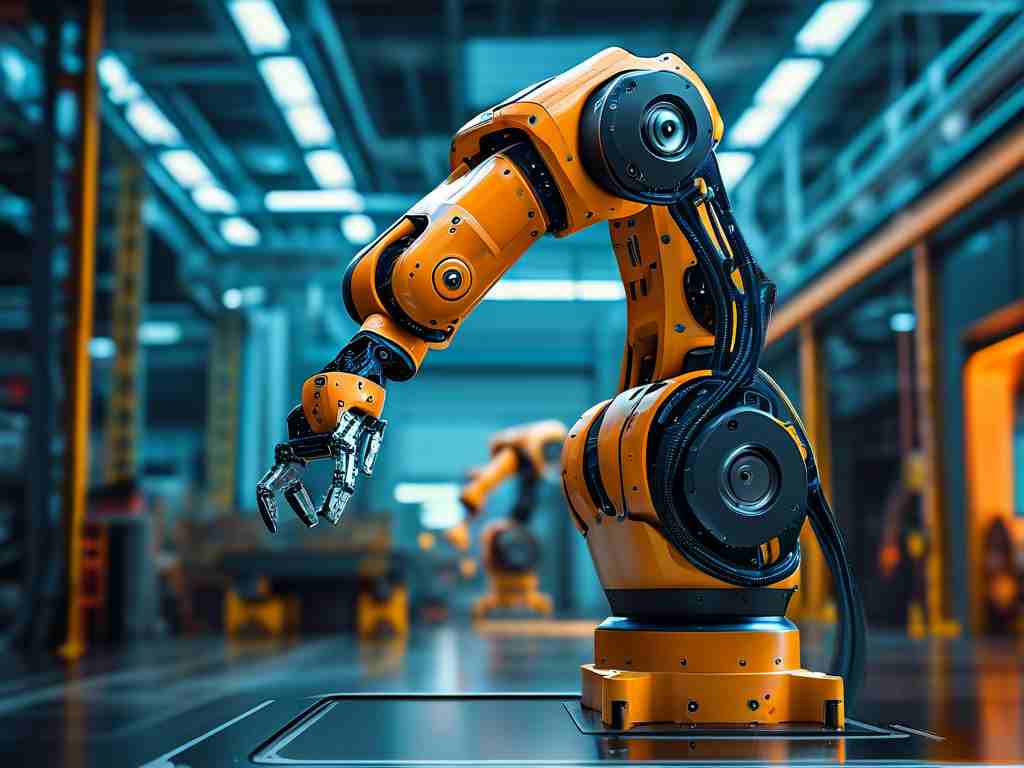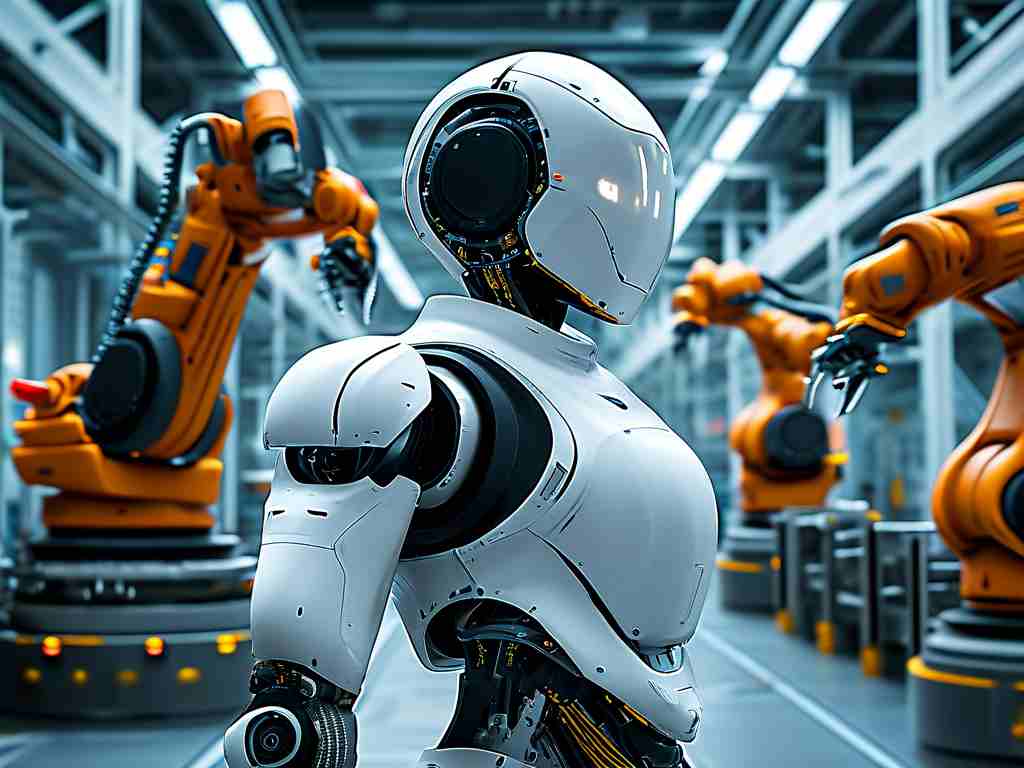The landscape of robotics is undergoing a seismic shift as Chinese researchers push boundaries in biomimetic technologies. Over the past decade, domestic enterprises and academic institutions have accelerated progress in creating robots that mimic biological systems with unprecedented precision. This article explores three groundbreaking developments reshaping industries from healthcare to agriculture.
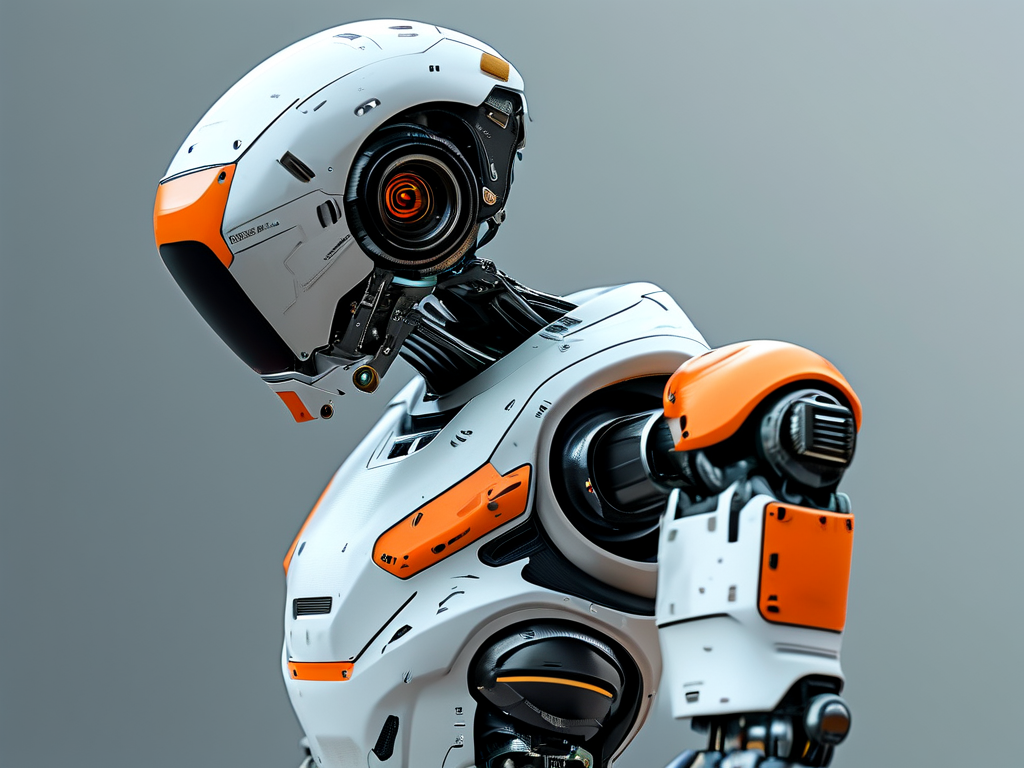
Neuromorphic Processing in Motion Control
At the core of recent breakthroughs lies a proprietary neural network architecture developed by Shenzhen-based RoboThink Labs. Unlike conventional robots relying on pre-programmed movements, their humanoid prototype "Xenon-7" utilizes dynamic balance algorithms inspired by human proprioception. During field tests at Chongqing University, the robot demonstrated 93% fall recovery success on uneven terrain – a 22% improvement over previous models. This leap forward stems from real-time data fusion between flexible pressure sensors and a decentralized decision-making framework modeled after spinal reflex arcs.
Tactile Feedback Revolution
Hangzhou Institute of Advanced Materials recently unveiled a synthetic skin capable of detecting pressure variations as subtle as 5 millinewtons. Integrated into robotic prosthetics, this graphene-based epidermal layer transmits thermal and texture data through haptic interfaces. Clinical trials with amputees revealed 80% improvement in object recognition accuracy compared to traditional myoelectric devices. Dr. Wei Lin, lead researcher, emphasizes: "Our tactile feedback system doesn't just replicate human sensitivity – it enables machines to interpret sensory context, like distinguishing ripe fruit from unripe produce through surface analysis."
Swarm Intelligence Breakthroughs
Drawing inspiration from ant colonies, Shanghai Robotics Corporation deployed 120 aquatic drones to monitor coral reef ecosystems in the South China Sea. These crab-shaped robots coordinate through a hybrid protocol combining LiDAR mapping with bio-inspired pheromone simulation. During typhoon season, the swarm autonomously regrouped after dispersion with 98% unit recovery – a critical advancement for environmental monitoring in extreme conditions.
Industrial Applications Redefined
In manufacturing sectors, bio-mimetic designs are solving long-standing challenges. Anhui-based factory installations of snake-arm robots have reduced maintenance downtime in narrow pipeline systems by 40%. These articulated machines replicate serpentine motion through modular segments containing independent microprocessors, enabling simultaneous multi-point inspections without centralized control.
Ethical Frontiers and Global Impact
As China positions itself at the forefront of bionic robotics, ethical debates intensify. The National Robotics Ethics Committee recently issued guidelines requiring "distinct visual differentiation" between humanoid robots and biological organisms. Meanwhile, international partnerships flourish – Tsinghua University's joint project with MIT on avian-inspired drones promises to revolutionize aerial delivery networks through adaptive wing morphing technology.
Future Trajectories
Industry analysts predict China's bionic robotics market will exceed $12 billion by 2028. Emerging research directions include self-healing actuator materials and quantum-enhanced pattern recognition. However, challenges persist in energy efficiency, with current prototypes requiring 3-5 times more power than industrial robots for comparable tasks.
This technological renaissance isn't merely about replicating nature – it's about creating symbiotic systems where biological principles enhance mechanical capabilities. As Professor Zhang Lei from Beijing Institute of Technology observes: "We're witnessing the birth of a new species – one that bridges silicon and carbon, designed not to replace life but to extend its possibilities."


